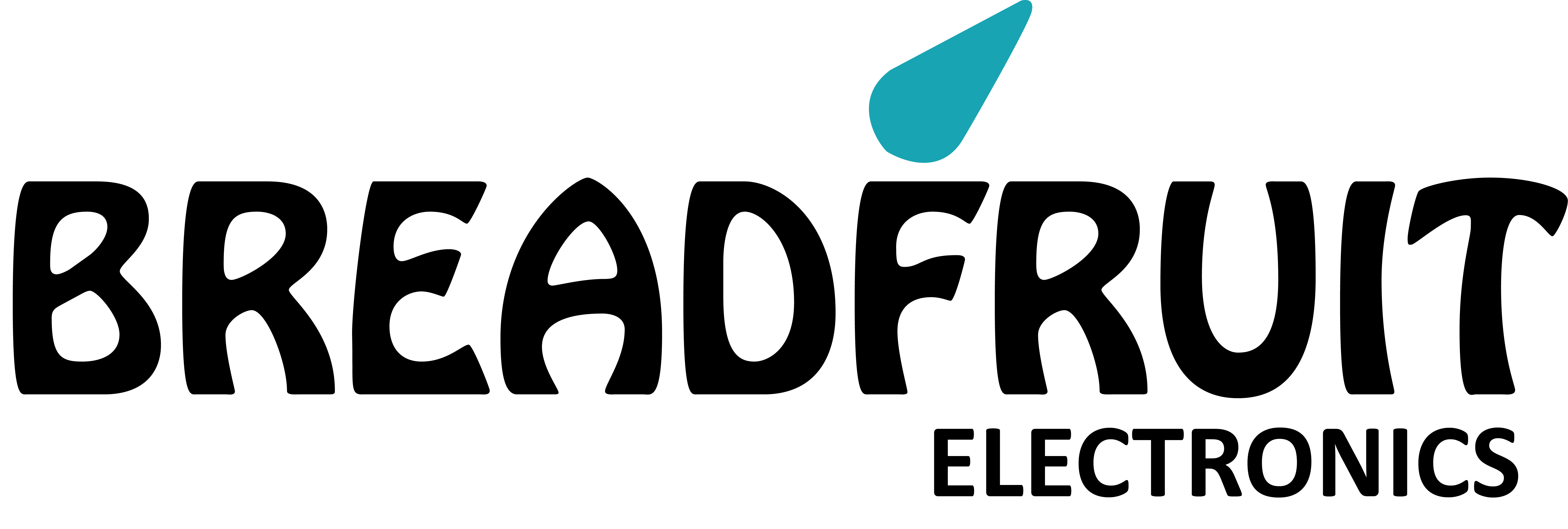Depending on the account type, an increase or decrease can either be a debit or a credit. Understanding the difference between credit and debit is needed. Revenue is the income that a company earns from its business activities, typically from the sale of goods and services to customers.
Normal Balance for Each Account Type
When we talk about the “normal balance” of an account, we’re referring to the side of the ledger. For example, if a company has $100 in Accounts Receivable and $50 in Accounts Receivable Offset (a contra asset account), then the net amount reported on the Balance Sheet would be $50. This means that debits exceed credits and the account has a positive balance. By contrast, a company in financial trouble will often have more liabilities than assets.
- The maintenance of these accounts is vital for providing stakeholders with information about the value of their investment in the company.
- For accounts receivables that are on the assets side, the normal balance is usually debit.
- Further, the amounts entered as debits must be equal to the amounts entered as credits.
- The account is usually listed on the balance sheet after the Inventory account.
- They easily memorized that asset accounts should normally have debit balances, and those debit balances will increase with a debit entry and will decrease with a credit entry.
Modelling the Future Through Financial Uncertainty: Why It Matters More Than Ever
Accounts payable is an example of a normal balance account. On the other hand, the accounts payable account will usually have a negative balance. Additionally, the use of analytical procedures can provide insights into the validity of account balances. These procedures may include trend analysis, ratio analysis, and other financial diagnostics that compare current data with historical figures, budgeted amounts, or industry standards. Significant deviations from expected patterns can be indicative of errors http://vecmir.ru/index.php/vecmirlife/34086-inygep/profile or irregularities that warrant further investigation. Liabilities often have the word “payable” in the account title.
How to Know What to Debit and What to Credit in Accounting
- If the employee was part of the manufacturing process, the salary would end up being part of the cost of the products that were manufactured.
- Discrepancies between these sources can reveal errors or omissions that require correction.
- In accounting terminology, a normal balance refers to the kind of balance that is considered normal or expected for each type of account.
- Typically expenses, losses, and assets have debit balances.
The Cash account stores all transactions that involve cash receipts and cash disbursements. By storing these, accountants are able to monitor the movements in cash as well as it’s current balance. With its intuitive interface and powerful functionality, Try using Brixx to stay on top of your finances and manage your growth.
Example of debit and credit rules:
An asset is anything a company owns that holds monetary value. Cash, equipment, and inventory are all examples of assets. This means that when you increase an asset account, you make a debit entry. http://ipim.ru/discussion/2115.html For instance, when a business buys a piece of equipment, it would debit the Equipment account. Normal balance shows how transactions flow through different accounts.
Managing Outstanding Checks in Financial Reporting
These accounts normally have credit balances that are increased with a credit entry. To keep a company’s financial http://krakozyabr.ru/2011/03/vazhnoe/ data organized, accountants developed a system that sorts transactions into records called accounts. When a company’s accounting system is set up, the accounts most likely to be affected by the company’s transactions are identified and listed out.
Accurate bookkeeping is the backbone of financial health for any business, ensuring that every transaction is properly recorded and accounted for. At the heart of this precision lies an understanding of normal account balances—a concept critical to maintaining the integrity of a company’s books. If the rented space was used to manufacture goods, the rent would be part of the cost of the products produced. It also shows that the bank earned revenues of $13 by servicing the checking account. Let’s look at three transactions and consider the related journal entries from both the bank’s perspective and the company’s perspective.
Definition of Credit Balance
It is possible for an account expected to have a normal balance as a debit to actually have a credit balance, and vice versa, but these situations should be in the minority. The normal account balance for many accounts are noted in the following exhibit. Generally, expenses are debited to a specific expense account and the normal balance of an expense account is a debit balance. The rules of debit and credit (also referred to as golden rules of accounting) are the fundamental principles of modern double entry accounting. They guide accountants and bookkeepers in journalizing financial transactions and updating ledger accounts of their business entity. Since the accounting cycle starts with a journal comprising of debit and credit entries, the use of a double entry accounting is not possible without strict adherence to these rules.
